|
You don't have to journey deep into the woods, or immerse yourself in prairie habitats to find things in bloom this time of year. Right now some of the toughest most resilient plants are blooming and to find them you only need to take a drive down the road. 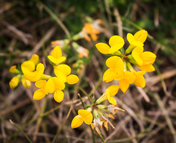 Bird's-foot trefoil (Lotus corniculatus)
- Uses: along roadsides to control wind and water erosion as well as in fields as green chop, hay, and pasture. - A great food for the Canada goose, deer, and elk. Pheasants and other birds use this as cover. 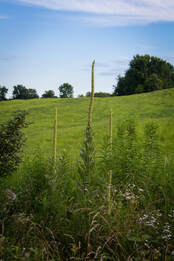 Mullein (Verbascum) Predominantly found in waste areas, disturbed areas, As a biennial it spends its first year as a basal rosette of large fuzzy leaves. The second year a large stalk of flowers emerges from the rosette, sometimes growing as large as 2ft tall (the plant all together can grow to be 3 to 7 feet tall!). - Brought from Eurasia as a great medicinal plant as well as for its unique appearance. The flower of the mullein was used as medicine to help with coughs, tb, bronchitis, colds, earaches, flu, allergies, tonsillitis, asthma, diarrhea, colic, migraines, joint pain, and also used as a sedative. The leaves have also been used by being applied to the skin for wounds, burns, bruises, frostbite, and skin infections. Other uses include: as a flavoring ingredient in alcoholic beverages, if nature calls it makes a good toilet paper, the dried stalks were dipped in wax or tallow and used as torches.  Crown Vetch (Securigera varia) A newbie to our area being introduced in the 1950s as a ground cover used to prevent soil erosion. It can now be found in 47 of the lower 48 states. - Fruiting pods are not edible. - The plant itself, when in bloom, is often browsed by cattle and deer and makes for a good hay (although it takes much longer to dry than traditional hay).  Ox-eye Daisy (Leucanthemum vulgare) - Introduced ornamental species from Eurasia - Escaped from gardens and can now be found in all lower 48 states. - In Ohio it is considered an invasive species.  Fleabane (Erigeron) - In the United States and Canada there are 191 species of Fleabane. - Ohio has only 3 native species: the Eastern Daisy Fleabane, the Philadelphia Fleabane, and the Wild Prairie Fleabane. - The leaves are edible but fuzzy, so it's best to cook first! 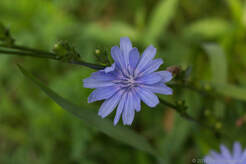 Chicory (Cichorium intybus) - Introduced species - Chicory has been used as far back as 1000 years ago in Ancient Egypt as a medicine for everything from gout to stomachache to cancer. - Today is is used as a caffeine free substitute for coffee as well as flavoring in beers to give a 'hearty earthy' taste. - Folklore surrounds this plant supposing it has magical qualities, including that of invisibility. It has been said that the chicory could be used to open a locked chest, but only on St. James's Day - July 25th. This method involved holding a gold knife and chicory leaves against the lock, but only in total silence - pain or death would follow if a word was spoken. -Early American settlers would carry a piece of chicory for good luck. 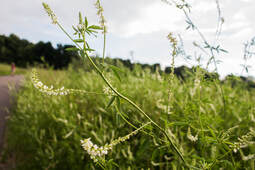 Sweet Clover (Melilotus alba) - Introduced from Eurasia - Used for its qualities to fix nitrogen in the soil and as a pasture food for grazers. - The yellow variety (Melilotus officinalis) behaves in much the same manner but has an earlier bloom time and the seeds differ slightly. - Both have become weedy and invasive in many areas. 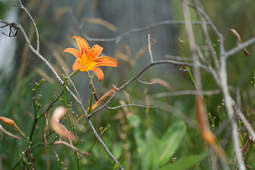 Orange Day Lily (Hemerocallis fulva)- Blooms through the summer months, flower blooms last only one day - namesake. Not a true lily but has similarly shaped flowers. - Introduced from Asia, has become invasive across the US creating hardy patches through its wandering tuberous root systems. - All parts of this plant are edible: Leaves and shoots can be eaten when very young, raw or cooked (they become too fibrous when aged), flowers and young tubers can also be eaten raw or cooked, flowers may be dried and used as a thickener in soup. In Louis Bromfield’s book Pleasant Valley, he talks about Johnny Appleseed’s time in the area; one of the stories tells about anytime Johnny would call on a neighbor he’d bring the wife a bouquet of these orange flowers, the seeds falling from his bag wherever he roamed, and as Johnny wandered (and he saw a good many states) the flowers followed him. Highly unlikely there’s much truth to the story but it’s a good tale nonetheless.
0 Comments
Leave a Reply. |
AboutSince 2015 we have been exploring and sharing all the amazing things we’ve found in nature. AuthorEmily is an Ohio Certified Volunteer Naturalist who is most often found out in the woods. Archives
June 2024
Categories
All
|
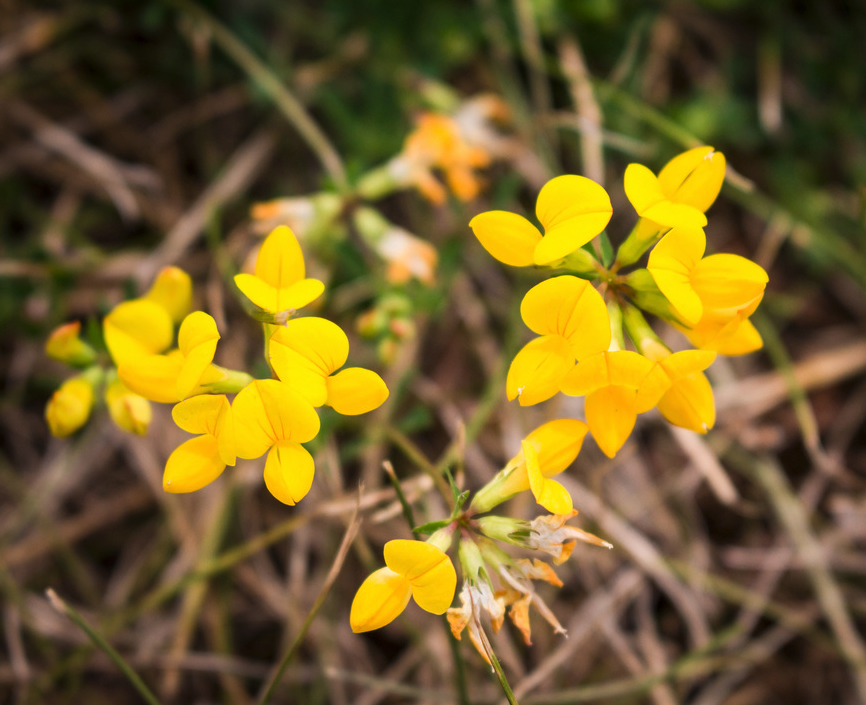
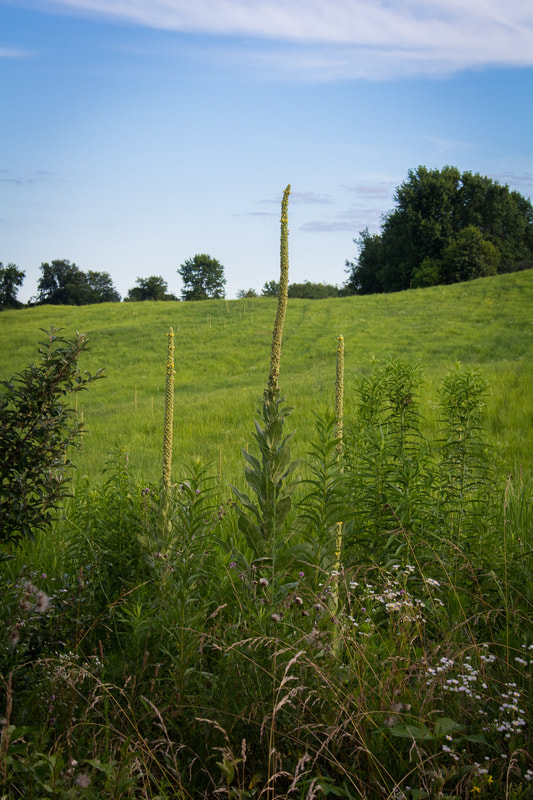


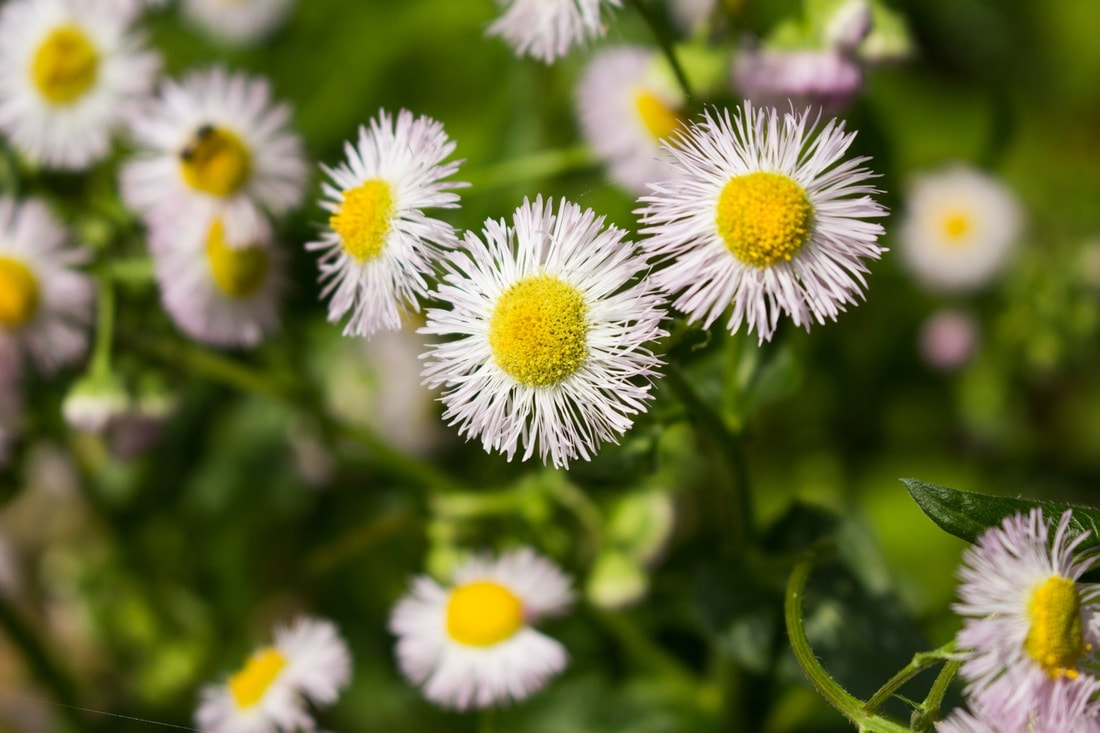
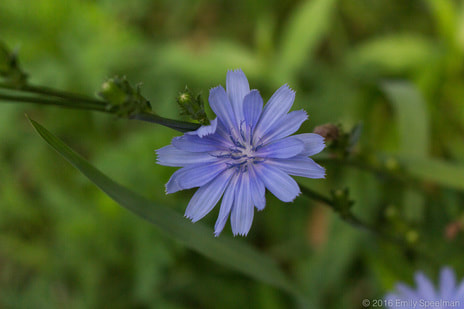

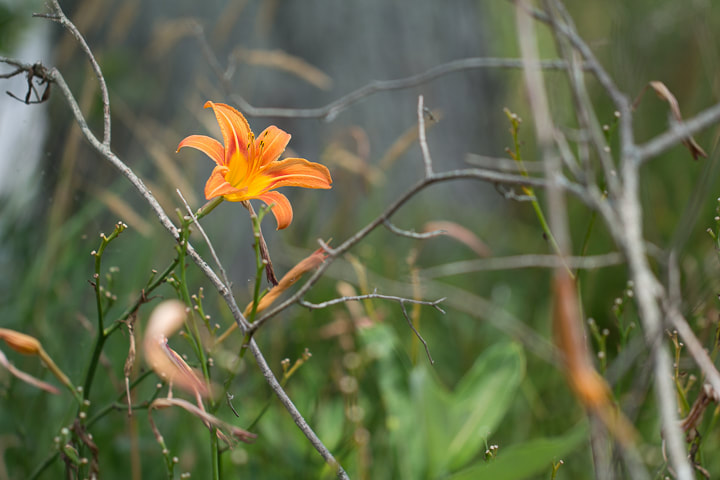
 RSS Feed
RSS Feed